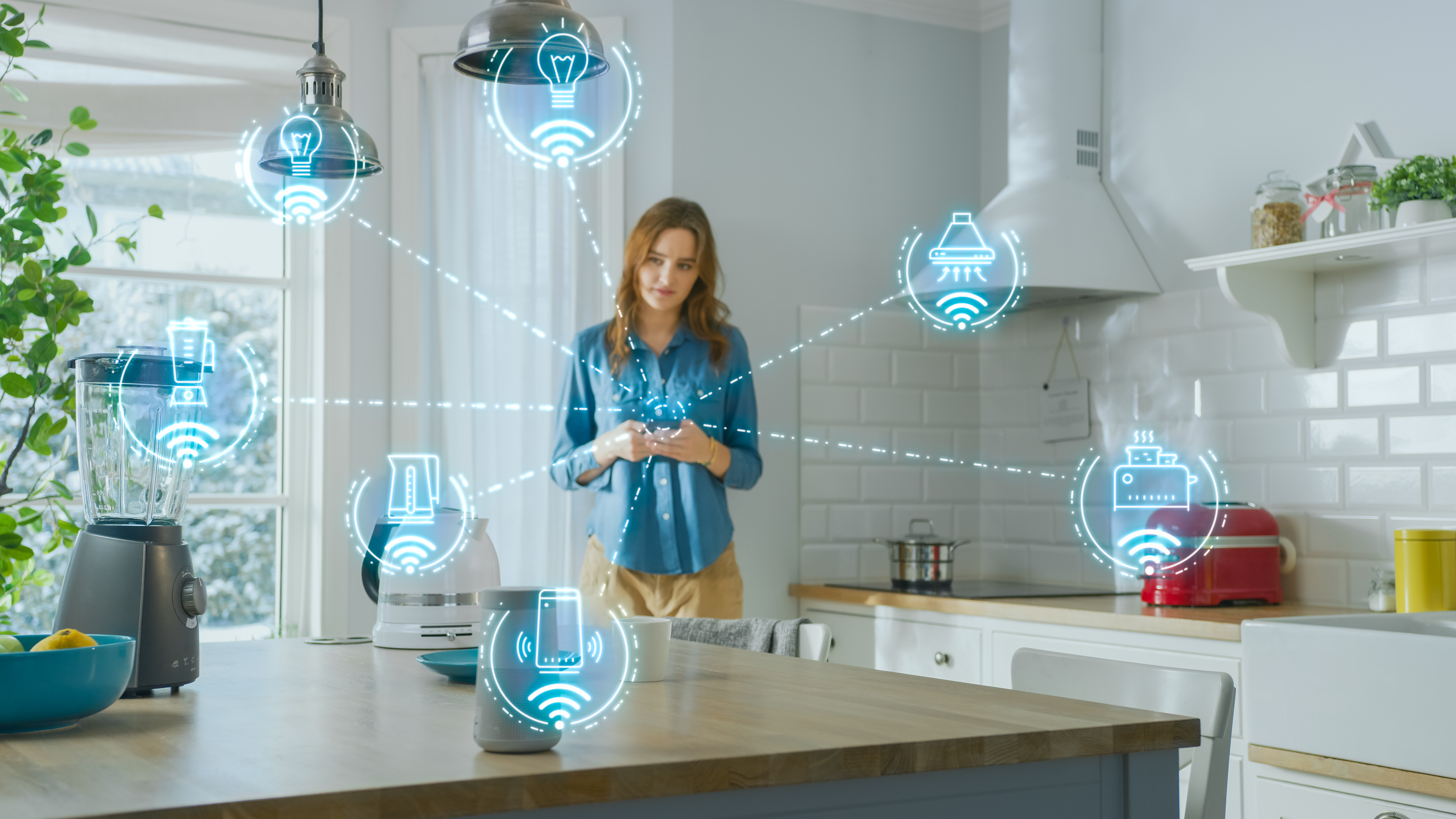Everything you need to know about IoT devices
IoT devices allow us to take internet connectivity wherever we go. There are thousands of different types of IoT devices to create seamless experiences where we work and play, and in enterprise, industrial, and medical applications.
If you're new to the Internet of Things, this article will tell you everything you need to know about IoT devices. What are they? How do they work? And how do you take advantage of IoT devices? Let's go.
What are IoT devices?There are many people alive today who remember the world before the internet. With the help of the Internet of Things, we are bringing connectivity and computing closer to the edge than ever before.
IoT devices are hardware elements programmed for a specific application that can transmit data over the Internet and networks. IoT devices come in many shapes, sizes, designs, and uses. Sensors, actuators, gadgets, devices and computing machines all come under IoT.
Where PCs and other facilities are not portable, IoT devices are small digital machines that users can take virtually anywhere. They help people collect and interpret data gathered from the environment using machine learning AI.
Some of the most popular IoT devices include home security devices like Ring cameras, smart home devices like Amazon Alexa or Google Nest, and even smartwatches.
IoT devices are designed for a range of applications. They empower people to live active lives using medical devices and implants, help avoid disruptions and bottlenecks to business operations with sensors and predictive analytics, and even let you change the temperature of your home remotely.
How do IoT devices work?A technical understanding of the ins and outs of the Internet of Things is not necessary to know how IoT devices can simplify the lives and activities of humans.
An IoT device is basically a mini computer that sends information to the cloud. The cloud then processes the information and decides what to do with it. For example, the cloud software can choose to send an alert, adjust a sensor, or display a notification based on data transmission.
Most IoT devices are developed to work automatically with data without any human intervention outside of programming. However, there is a user interface with varying degrees of functionality. For example, some tasks may require users to "OK" to perform actions, while others may perform tasks automatically.
User settings via the user interface are sent back through the IoT system and tell the device what to do next. This can be to ignore the alert, log an anomaly, or send a message to staff.
To better understand how IoT devices work, let's take a look at how an IoT system works. Four components make up an integrated IoT system and allow IoT devices to perform tasks based on their programming:
Sensors or devices Connectivity Data processing User interfaceLet's explore each component in detail.
Devices and sensorsIoT devices and sensors start by collecting data from the environment. This could mean measuring temperature or barometric pressure, learning information from a video conference, or tracking specific operations.
IoT devices collect this type of information and data from their environment in many ways. For example, cameras, accelerometers, and GPS are all means by which devices can collect data for analysis and processing. A smart home device listens to your voice, a motion sensor detects vibration patterns in heavy machinery, and a biological sensor is a device that can record multiple biological functions such as heart rate, acidity, and other chemical data.
ConnectivityOnce an IoT device collects data from the environment through sensors, it sends that information to the cloud for processing. The way this data gets to the cloud is through connectivity. There are several methods to connect IoT devices to the cloud, such as WiFi, Bluetooth, satellite, cellular, and 5G.
How a device connects to the cloud depends on its specific IoT application, the type of information collected, and how that information will be used. A device without network connectivity cannot function as an IoT device. In other words, data collected from IoT devices is useless unless it can be sent to the cloud for processing. Connectivity is a

IoT devices allow us to take internet connectivity wherever we go. There are thousands of different types of IoT devices to create seamless experiences where we work and play, and in enterprise, industrial, and medical applications.
If you're new to the Internet of Things, this article will tell you everything you need to know about IoT devices. What are they? How do they work? And how do you take advantage of IoT devices? Let's go.
What are IoT devices?There are many people alive today who remember the world before the internet. With the help of the Internet of Things, we are bringing connectivity and computing closer to the edge than ever before.
IoT devices are hardware elements programmed for a specific application that can transmit data over the Internet and networks. IoT devices come in many shapes, sizes, designs, and uses. Sensors, actuators, gadgets, devices and computing machines all come under IoT.
Where PCs and other facilities are not portable, IoT devices are small digital machines that users can take virtually anywhere. They help people collect and interpret data gathered from the environment using machine learning AI.
Some of the most popular IoT devices include home security devices like Ring cameras, smart home devices like Amazon Alexa or Google Nest, and even smartwatches.
IoT devices are designed for a range of applications. They empower people to live active lives using medical devices and implants, help avoid disruptions and bottlenecks to business operations with sensors and predictive analytics, and even let you change the temperature of your home remotely.
How do IoT devices work?A technical understanding of the ins and outs of the Internet of Things is not necessary to know how IoT devices can simplify the lives and activities of humans.
An IoT device is basically a mini computer that sends information to the cloud. The cloud then processes the information and decides what to do with it. For example, the cloud software can choose to send an alert, adjust a sensor, or display a notification based on data transmission.
Most IoT devices are developed to work automatically with data without any human intervention outside of programming. However, there is a user interface with varying degrees of functionality. For example, some tasks may require users to "OK" to perform actions, while others may perform tasks automatically.
User settings via the user interface are sent back through the IoT system and tell the device what to do next. This can be to ignore the alert, log an anomaly, or send a message to staff.
To better understand how IoT devices work, let's take a look at how an IoT system works. Four components make up an integrated IoT system and allow IoT devices to perform tasks based on their programming:
Sensors or devices Connectivity Data processing User interfaceLet's explore each component in detail.
Devices and sensorsIoT devices and sensors start by collecting data from the environment. This could mean measuring temperature or barometric pressure, learning information from a video conference, or tracking specific operations.
IoT devices collect this type of information and data from their environment in many ways. For example, cameras, accelerometers, and GPS are all means by which devices can collect data for analysis and processing. A smart home device listens to your voice, a motion sensor detects vibration patterns in heavy machinery, and a biological sensor is a device that can record multiple biological functions such as heart rate, acidity, and other chemical data.
ConnectivityOnce an IoT device collects data from the environment through sensors, it sends that information to the cloud for processing. The way this data gets to the cloud is through connectivity. There are several methods to connect IoT devices to the cloud, such as WiFi, Bluetooth, satellite, cellular, and 5G.
How a device connects to the cloud depends on its specific IoT application, the type of information collected, and how that information will be used. A device without network connectivity cannot function as an IoT device. In other words, data collected from IoT devices is useless unless it can be sent to the cloud for processing. Connectivity is a
What's Your Reaction?






















